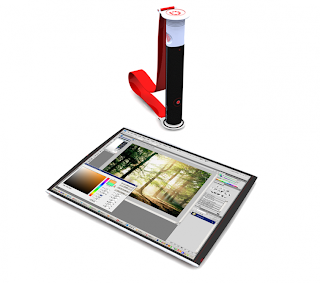4K resolution is a generic term for display devices or content having horizontal resolution on the order of 4,000 pixels.
Several 4K resolutions exist in the fields of digital television and digital cinematography. In the movie projection industry, Digital Cinema Initiatives is the dominant 4K standard.
The television industry has adopted ultra high definition television as its 4K standard. As of 2013,
Samsung UE65F9000 4K Ultra HD TV Review
The last time we analysed the first in a series of cutting-edge TV products here at HDTVTest, we took the future success of the display technology for granted, and proclaimed that the first 3D television we were putting through our review process was the beginning of a new era. The market, and subsequently, the industry, seems to have had different ideas, with CE companies instead hoping that web-connected “Smart TV” technology will be of more interest to buyers.
So, should we be more cautious before suggesting that Samsung’s Ultra High Definition (UHD) UE65F9000 LED LCD TV is a sign of things to come? Owed to Moore’s Law, probably not. Just as with the early days of HDTV, UHDTV content is scarce, but it is coming.
None of that will stop tech pundits and consumers dismayed at the thought of their current flat panel no longer being cutting edge from predicting the failure of UHD. Already, the usual reasons are being cited: “you’ll need a huge screen”, “only experts will care for the difference”, “we’ll need to buy new screens”, “there’s no content”… in other words, the exact same arguments that were floated for the refusal of 720p-centric “HD Ready” displays, and shortly thereafter, the 1080p full HD screens which followed (apparently early technology refuseniks also suffer from short-term memory issues).
























